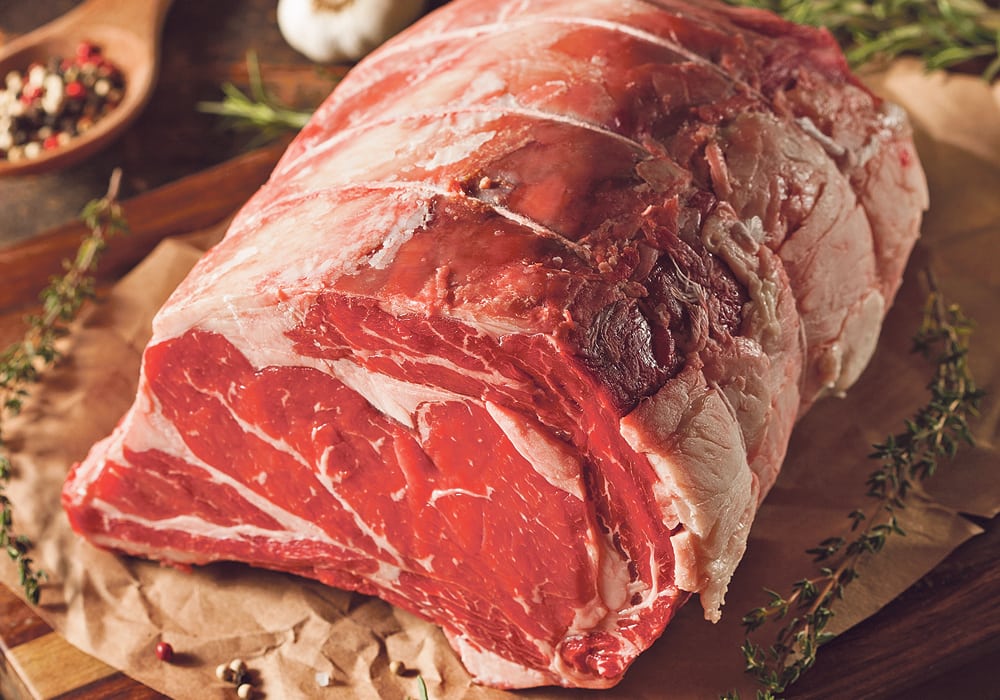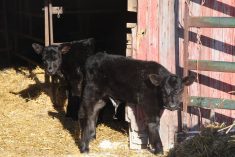The tender middle cuts are found on 28 percent of a beef carcass.
That leaves the shoulder, hip, belly and brisket and many cooks are unsure how to handle them successfully. With some creative cutting and cooking methods, these less tender cuts may still yield an easy to cook, tasty meal at a lower price rather than ending up as ground beef.
An example is the chuck muscle found at the front of a beef animal. It is relatively tough and is traditionally a braising cut but cooked properly it will have a beefy flavour and can be pleasant to eat as well, said Cameron Pappel, chef at the Canada Beef centre of excellence based in Calgary.
Read Also

Feds propose overhaul of chronic wasting disease control program
Chronic Wasting disease control program getting updated by Canadian Food Inspection Agency with feedback encouraged from producers.
With some creativity, steaks like the Del Monico, Sierra or chuck flat can be removed from this region of the carcass.
“Every little gem in the chuck roll is not all the same. They require different cooking methods. Some are grilled, some are seared, some are braised,” said Pappel.
The inside round and sirloin tip were traditionally cut a certain way and offered as an open face roast, said master butcher Abe Van Melle of the beef centre. These same cuts could also be presented as a rotisserie roast and when carved properly, the meal is a pleasure.
There are fewer choices offered at the retail meat case.
Some cooks are not sure how to handle different cuts and there are fewer people at the store who can offer any advice.
“The front end people have to have the ability to talk about how to cook that product,” said Van Melle.
The centre has set up a free Roundup app that offers recipes, cooking techniques and information about different cuts.
Live training in cutting and cooking is also offered at the centre of excellence. E-learning programs have also been developed for butchers and retailers to help them offer more service when it comes to handling the complexities of beef.
“It comes down to educating retailers and food service on how to make those cuts cost friendly and more cooking friendly,” said Van Melle.
Two decades ago the former Beef Information Centre developed cooking descriptions for meat packages.
The nomenclature identified steaks as grilling, marinating, slow cook or fast fry, but it may be time to add more information so people understand there is more than one way to cook beef. Still, actual cooking instructions or recipes are rarely available.
“When you look at the nomenclature on the packaging as well it could be added, to but it is important to give the consumer a bare minimum guideline of how you are meant to cook something,” Pappel said.
















